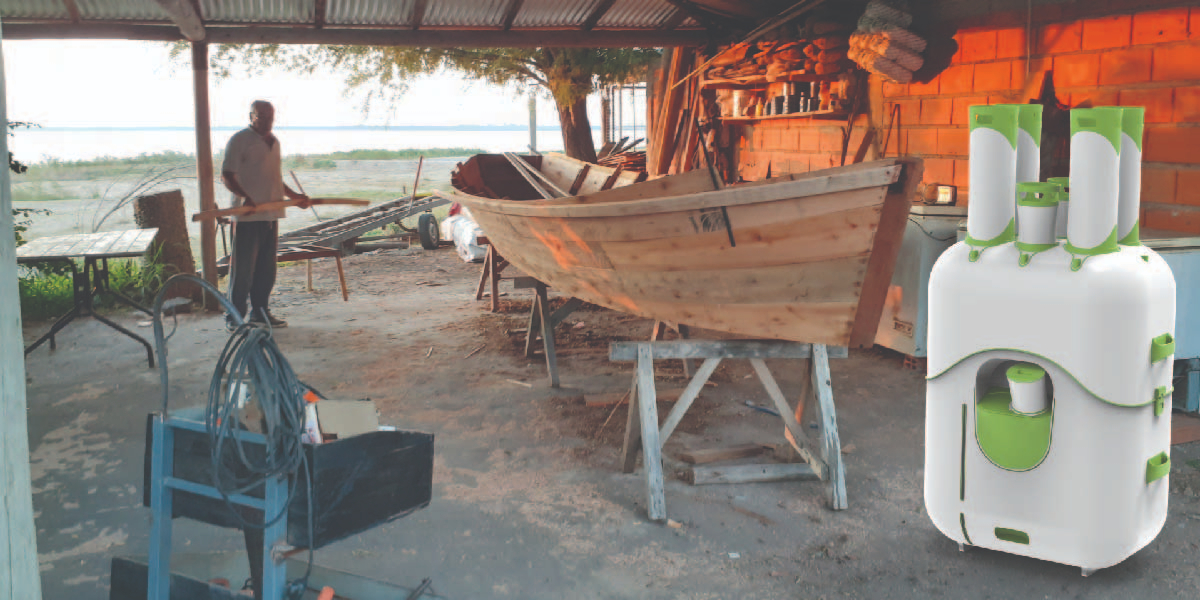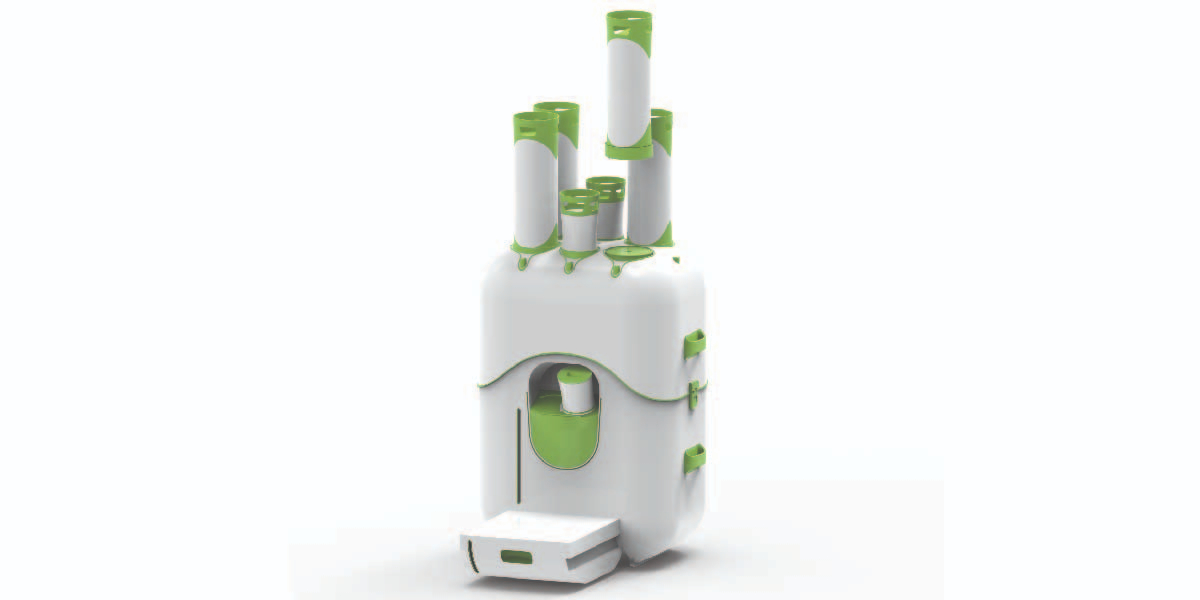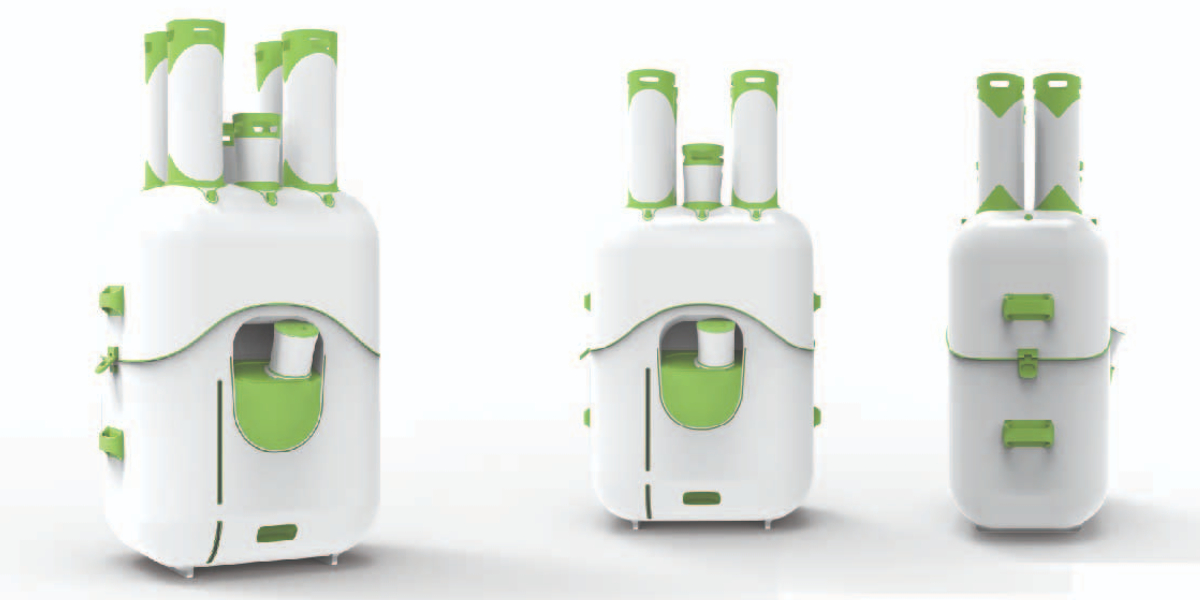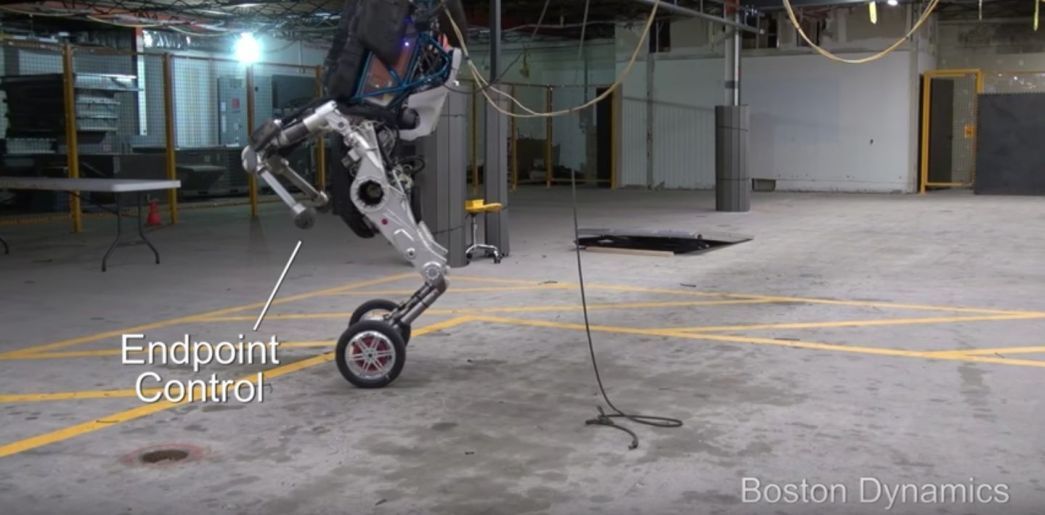AÑO
2023
CATEGORÍA
Trabajo
OBJETIVOS
Fin de la pobreza, Energía asequible y no contaminante, Ciudades y comunidades sostenibles, Producción y consumo responsables
PAL. CLAVE
renewable energy , sustainable production
PAÍS
Argentina
CRÉDITOS
Miranda Guadalupe Mayer
LINK
https://youtu.be/jsYuiOGcycg
Biofish
It is a biodigester wich works with fish remains to create biogas for artisanal fishermen.
How does it work?
This project suits the 7th ODS. The product tries to provide a solution to the double problem of energy poverty and fish waste management among the fishermen community. The fish remains are the responsable of fire and pollution in wetland areas. This device produces biogas with fish remains to be carried in bottles and thus more suited for the nomad fisherman user and his family. Consequently the user gets sustentable energy for cooking and heating his house. Besides this product can also produce natural fertilizer as a second alternative. The biodigester consists of a group of modulable components as well as (of) six gas bottles of different sizes. The gas bottles can be carried to the working area by fishermen. How to use: The fisherman fills the portable "container module" with fish remains. Then he inserts it into the biodigester mouth. The fish remains fall down to generate biogas substrate. In the end, the biogas goes up and fills the gas bottles when the Biofish is turned on.
Why is it needed?
The Biofish is an answer to the problem of energy poverty. It provides artisanal fishermen with energy independence. It also gives a solution to the problem of fire and pollution in wetland areas. It is a simple alternative of fossil energy. It is a proposal of sustentable energy to help enviorement.
Biofish can also generete communities of renewable energy.
How does it improve life?
About 2.6 billion people cook or heat their homes with polluting fuels that harm their health and the environment (world bank 2023). This is the case of artisenal fishermen communities which use fossil gas bottles and bonfire to cook and heat their homes.
Biofish is a key to Green, Secure, Affordable Energy. It responds to user center design. Biofish "ease of use" is relevant and as simple as a bonfire.
Biofish could have a positive impact in the fishermen family economy. It can also be an answer to end the artisanal fishing process in order to build the circular economy.





